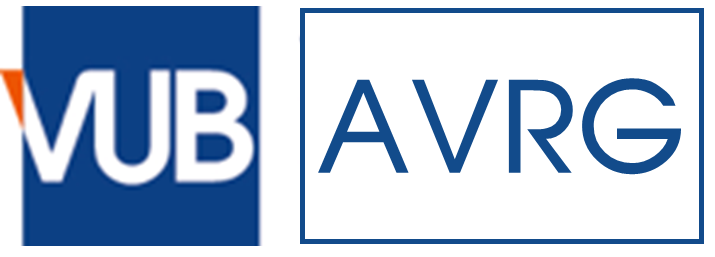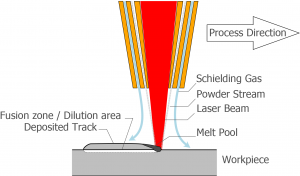Research background
The development of a proper quality assesment and damage inspection methodology is critical to exploit the full potential of new manufacturing technologies being developed. Given our experience in the field of Structural Health Monitoring (SHM) and previous projects in collaboration with aerospace companies, we understood the need for the development of a robust and effective Structural Health Monitoring system (eSHM), particularly suitable for additively manufactured materials.
“Our goal is enabling a faster & safer market introduction of AM applications and components” – Dieter De Baere
In 2011, the additive & hybrid manufacturing research group was created at the Department of Mechanical Engineering of the Vrije Universiteit Brussel. The research group uses its many years of experience in experimental modelling of dynamic processes for the development of novel process control techniques that enable the integration of smart functionalities inside additively manufactured materials (e.g. the eSHM system).
The effective Structural Health Monitoring system
During the additive manufacturing process, capillaries are integrated inside the structure or component to be monitored. The effective Structural Health Monitoring (eSHM) principle is then based on the continuous pressure monitoring inside these capillaries. Based on the pressure variations recorded inside the capillary, the eSHM system can be used for:
- Usage Monitoring: estimating the loads that are acting on the structure
- Structural Health Monitoring: detecting the presence of fatigue cracks
Research Focus
Our group is focusing on the laser based Directed Energy Deposition technology, also often reffered to as laser cladding or Laser Metal Deposition technology. Laser based Directed Energy Deposition is an additive manufacturing technique that deposits metal powder particles in a melt pool created by a laser beam. This technique is most often used for part repairs, the application of coatings and the free-form creation of larger components.To improve geometrical accuracy and surface finish, our research group especially focuses on hybrid additive manufacturing in which the additive manufacturing process is alternated with a subtractive operation to combine best of both worlds.
The research topics investigated by the AM research group comprise:



